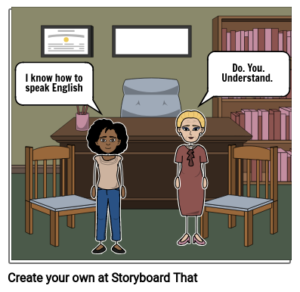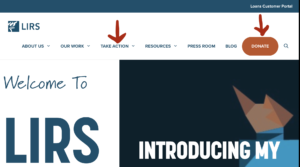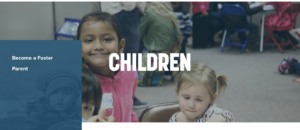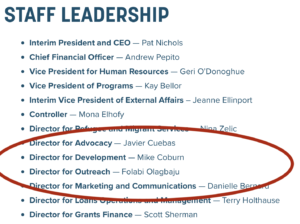After analyzing our provocation post assignment, we felt the most inspired to do a project that reflected Ifemelu’s experiences in college as a Nigerian student. We believe that it is not fair that people from other countries feel like they have to conform to American preferences. A scene in the book when Ifemelu was registering for classes, the registrar talked down to Ifemelu because she had a Nigerian accent. It said that Ifemelu “shrinks” (Adichie 164) from feeling ashamed of her Nigerian accent. Because of this incident Ifemelu stops talking in her Nigerian accent and starts practicing an American accent (Adichie 164). We wanted to explore and express Ifemelu’s experience in Chapter 14 facing assimilation struggles due to her Nigerian race in the American classroom.
Our inspiration is supported by Making Americans: Schooling, Diversity, and Assimilation in the Twenty-First Centurywhere Cristina Lash sums up her study as looking at how the “role of race [is] a barrier in the assimilation process, particularly as it unfolds in schools” (1). This is one of our primary sources since it is a recent peer-reviewed journal entry as well as discussing issues that Ifemelu faced when she came to the American university scene. This article studied the ways middle schools teach American identity, specifically looking at Castro Middle School, a “diverse school in a city profoundly shaped by immigration.” (Lash 3). This revealed how immigrants are “made” at Castro through “direct classroom instruction, school events and programming, and daily interactions between peers, teachers, and staff” (Lash 4). We wanted to reference this when considering how Ifemelu faced assimilation into America, specifically the university.
The platform we chose to construct our project on is StoryboardTHAT. This medium is a website that gives us the tools and resources to create a storyboard about an immigrant student in a college scene and the challenges they face. The website we will be using claims it has an extensive image library, flexible layouts, and is intuitive and simple which is beneficial to our group. A storyboard allows us to use visual, creative aspects such as what characters look like and what our scene will look with many details. It also allows us to use words in speech and thought bubbles straight from the characters to understand how they feel and why. A third aspect of this medium is where we can put text about what is happening in the picture underneath of it. All of these elements will help us effectively tell the story of what an immigrant student goes through.

“Chapter 14.” Americanah, by Chimamanda Ngozi Adichie, Anchor Books, A Division of Random House LLC, New York, 2013, pp. 164-165.
Cristina L. Lash. “Making Americans: Schooling, Diversity, and Assimilation in the Twenty-First Century.” RSF: The Russell Sage Foundation Journal of the Social Sciences, vol. 4, no. 5, 2018, p. 99. EBSCOhost, doi:10.7758/rsf.2018.4.5.05.
Galli, Fausto, and Giuseppe Russo. “Immigration Restrictions and Second-Generation Cultural Assimilation: Theory and Quasi-Experimental Evidence.” Journal of Population Economics, vol. 32, no. 1, Jan. 2019, pp. 23–51. EBSCOhost, doi:10.1007/s00148-018-0694-z.




